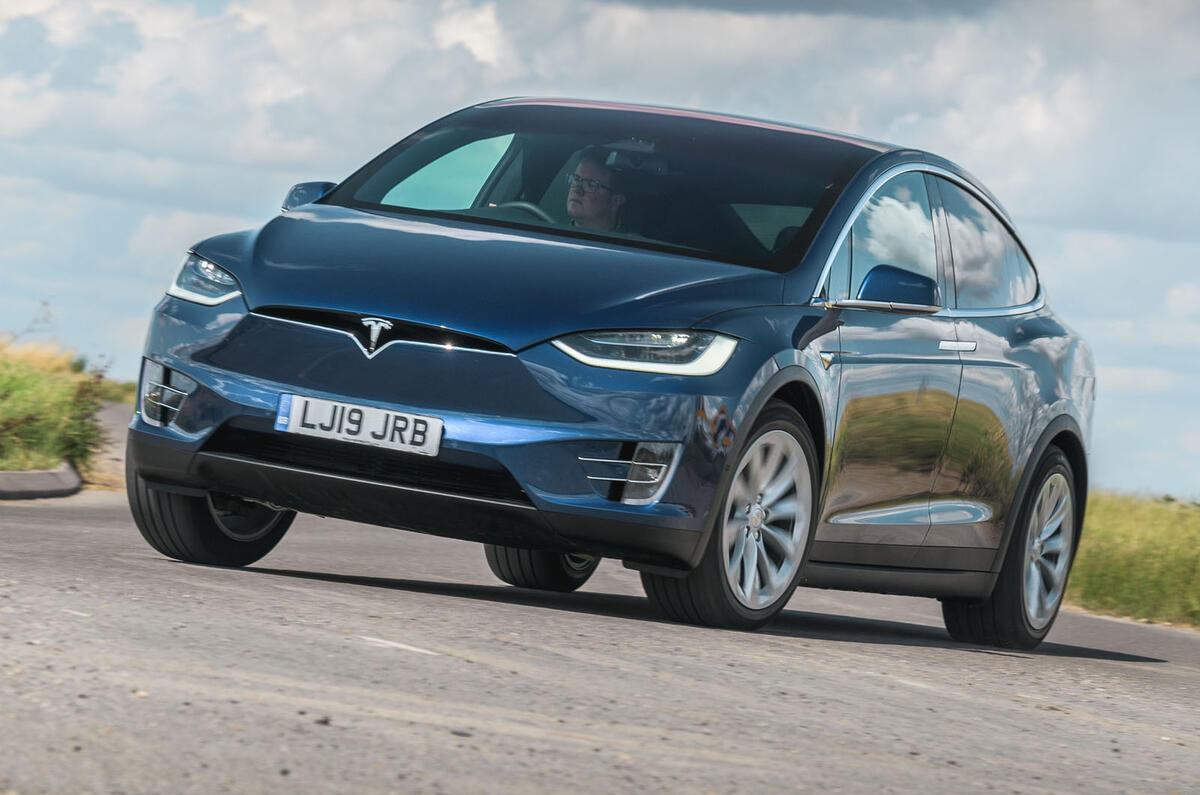What is it?
The gargantuan Tesla Model X has been updated. Not that you’d be able to tell from looking at it, mind, because all the changes are found beneath that rather expansive, visually challenging exterior.
The headline is a revised drivetrain. Tesla says the primary focus has been improving the efficiency of the permanent magnet synchronous reluctance motor by optimising things such as cooling, lubrication and gear design. For those of you who appreciate these sorts of things, the outcome is an efficiency rating of 93% - which sounds very good indeed. For the rest of us, it means there’s more range (315 miles on the WLTP test cycle), more power and more torque - 415bhp and 487lb ft, to be precise.
The air suspension has also been updated. It now features fully adaptive damping and improved governance software that can better predict how those dampers should react to the road surface, vehicle speed and driver inputs. And, this being a Tesla, if a new version of that software comes out, it can be downloaded and installed wirelessly - which is rather clever.
The Model X can now charge at a faster rate, too, so it should top its battery up 50% quicker than before when plugged into one of Tesla's latest Superchargers.


























Join the debate
Add your comment
Going gaga
No other EV SUV can touch its
No other EV SUV can touch its range and performance period. Its the best.
Towing Capacity? 2+ tonnes...
There's so much more to towing
There's so much more to towing than the grunt to pull the weight. How strong is the rear end of the chassis, which needs to handle the tongue weight bearing down on it? How good are the brakes (trailer brakes provide what you might at best politely call "background braking")? How long is the wheelbase, which needs to resist yawing forces generated by the trailer? This is especially true when you tow a high-sided trailer like a horse box, because of crosswinds, and their sudden absence when there's a big lorry alongside or when you go under a bridge. None of this is a reflection on the Tesla X, I have no idea how well it tows.